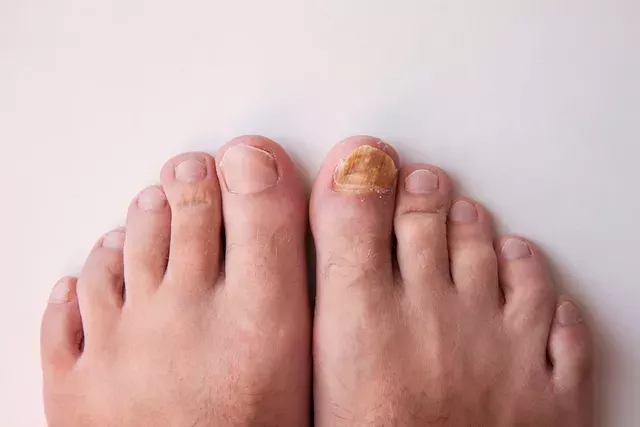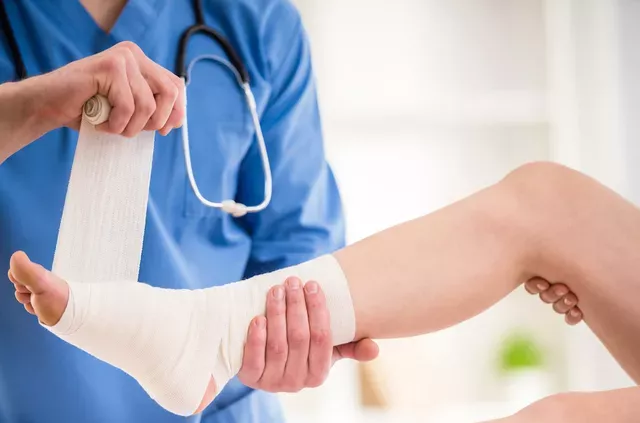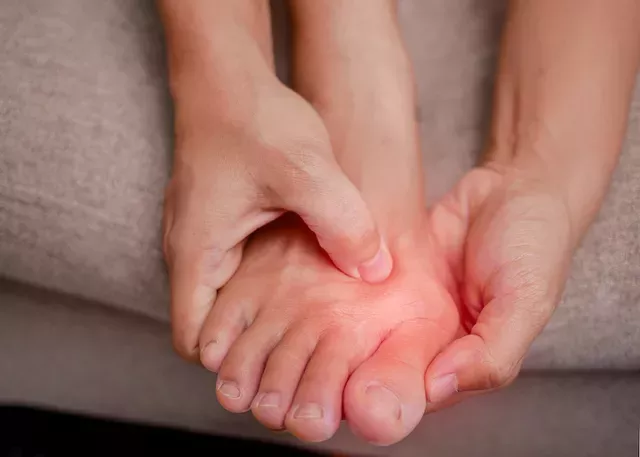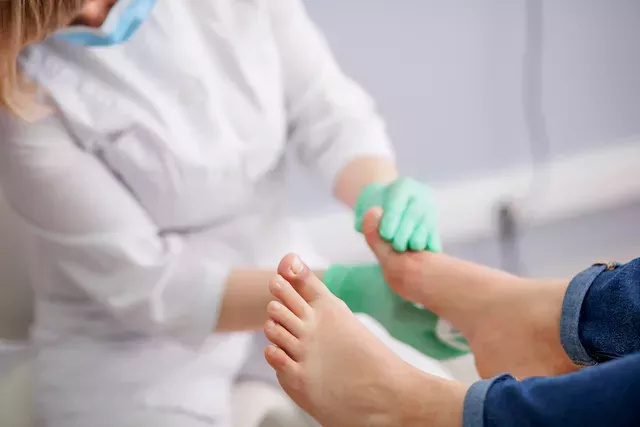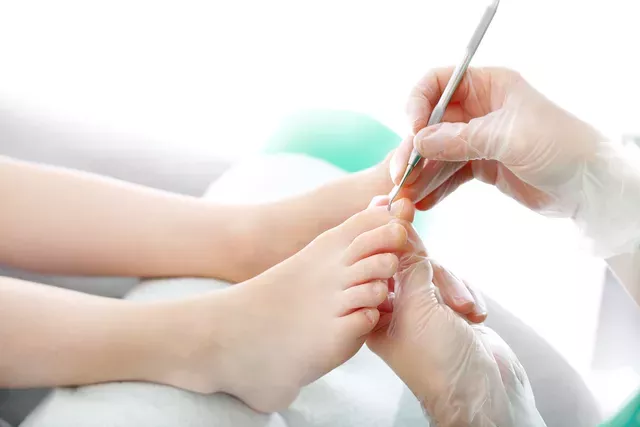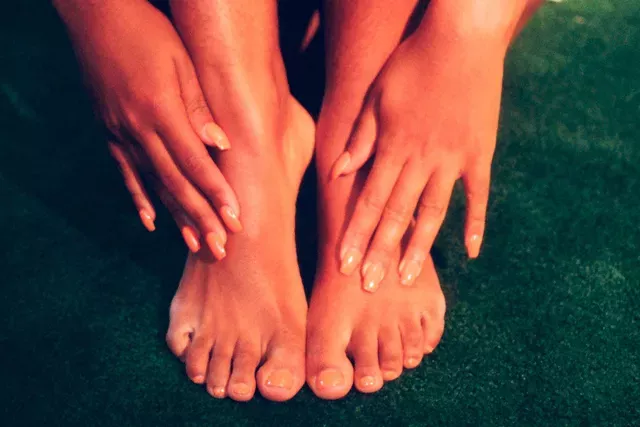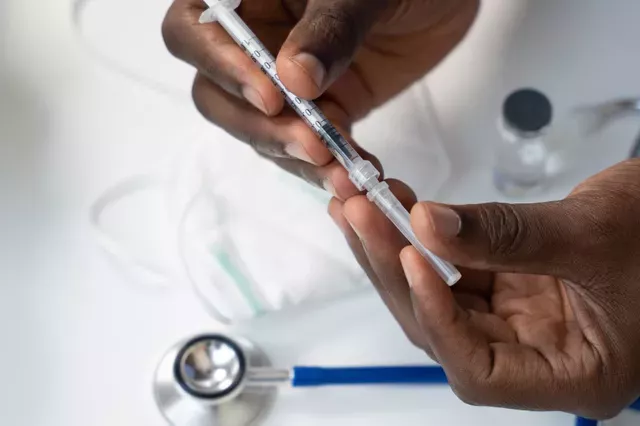
PLATELET RICH PLASMA (PRP) SERVICES SERVING IN MILL SQUARE, SAN MATEO, HILLSBOROUGH, CA, AND THE SURROUNDING AREAS
Platelet-rich plasma isn’t just for professional athletes; it can also be used to treat a variety of injuries and conditions. Platelet-rich plasma therapy involves using the patient’s own blood to extract and concentrate platelets, which are then injected into the affected area to promote healing and reduce pain. Platelet-rich plasma therapy has been used to treat conditions such as tendonitis, arthritis, and other orthopedic injuries. If you are experiencing pain or discomfort, Dr Gilbert Huang DPM can evaluate your needs and recommend the appropriate treatment. Contact West America Foot and Ankle today to schedule an appointment.
Platelet Rich Plasma (PRP) Q&A
What is platelet-rich plasma?
Platelet-rich plasma (PRP) is a concentration of platelets and other growth factors obtained from a patient’s own blood. The process involves drawing a small amount of blood from the patient and then processing it to separate the plasma, which contains a high concentration of platelets, from the other components of the blood.
The platelets in PRP contain a variety of growth factors that can promote healing and tissue regeneration. When injected into an injured area, PRP can help accelerate the healing process by stimulating the body’s natural repair mechanisms.
PRP has gained popularity in recent years due to its effectiveness and minimal side effects, as it is a natural treatment that uses a patient’s own blood.
How do platelet-rich plasma injections work?
Platelet-rich plasma (PRP) injections work by delivering a concentrated amount of platelets and growth factors directly to an injured area. When PRP is injected into an injury site, the platelets release growth factors that promote tissue repair and regeneration.
The growth factors in PRP stimulate the production of new blood vessels and cells, which can help repair damaged tissues and improve blood flow to the area. The increased blood flow brings oxygen and nutrients to the injury site, helping to accelerate the healing process.
The PRP injection process typically involves drawing a small amount of blood from the patient and then processing it to separate the platelets and plasma from the other components of the blood. The resulting PRP solution is then injected directly into the injured area using a fine needle.
What are platelet-rich plasma injections used for?
Platelet-rich plasma (PRP) injections are used to treat a variety of injuries and conditions, including:
- Tendonitis: PRP injections can help reduce pain and promote healing in conditions such as tennis elbow, Achilles tendonitis, and rotator cuff tendonitis.
- Ligament sprains: PRP injections can promote healing and reduce pain in conditions such as ankle sprains and knee ligament injuries.
- Muscle strains: PRP injections can help reduce pain and promote healing in conditions such as hamstring strains and quadriceps strains.
- Osteoarthritis: PRP injections can help reduce pain and improve joint function in patients with osteoarthritis of the knee, hip, and other joints.
- Hair loss: PRP injections can promote hair growth and improve the thickness and quality of hair in patients with certain types of hair loss.
- Skin rejuvenation: PRP injections can promote collagen production and improve the texture and appearance of the skin in patients with aging or sun-damaged skin.
PRP injections are also being investigated for their potential use in other conditions, such as chronic wounds, nerve injuries, and bone regeneration. It is important to note that PRP injections are not appropriate for all conditions or all patients, and you should contact Dr. Gilbert Huang DPM of West America Foot and Ankle to determine if PRP injections are an appropriate treatment option for your needs.
Are platelet-rich plasma injections generally a long-term solution?
The effectiveness of platelet-rich plasma (PRP) injections as a long-term solution varies depending on the type and severity of the injury being treated. In some cases, PRP injections can provide long-lasting relief, while in other cases, the effects may be temporary or require ongoing treatment.
For example, in cases of chronic tendonitis or osteoarthritis, PRP injections can provide long-term pain relief and improve joint function. Studies have shown that PRP injections can help reduce pain and improve joint function for up to six months or more in patients with knee osteoarthritis.
In cases of acute injuries, such as muscle strains or ligament sprains, PRP injections can help speed up the healing process and reduce pain, but the effects may be temporary. Additional treatments or therapies may be necessary to achieve long-term pain relief and improve function.
It is important to note that PRP injections are not a cure for underlying conditions or injuries, and they may not be appropriate for all patients. Dr Gilbert Huang DPM can help determine if PRP injections are an appropriate treatment option and what the expected outcomes may be based on the individual patient’s needs and circumstances.
Contact West America Foot and Ankle today to schedule an appointment with Dr. Huang to see if PRP injections are the correct solution for you and your needs.

